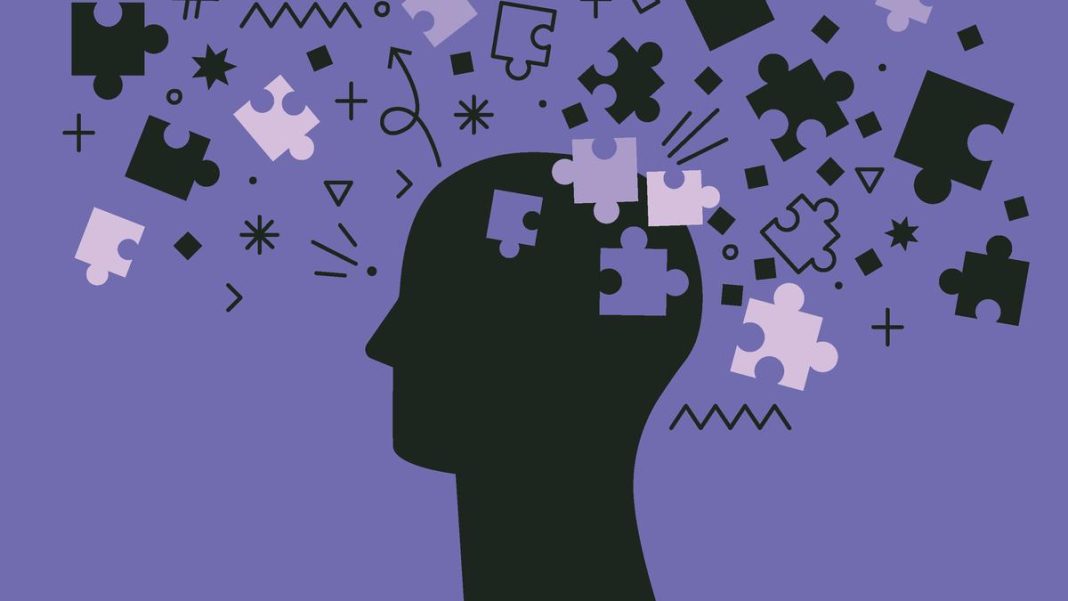Key Takeaways
- Autism has distinct biological pathways for early and late diagnosis
- Later-diagnosed autism shows different genetic patterns and often emerges in adolescence
- Social and environmental factors play a larger role than genetics in diagnosis timing
- Mental health support is crucial for those diagnosed later in life
A groundbreaking Nature study reveals that autism diagnosed in adolescence has different biological roots than early childhood autism, challenging long-held assumptions about the condition. Researchers found distinct genetic patterns between the two groups, suggesting multiple pathways into autism rather than a single developmental story.
Two Distinct Autism Pathways Identified
An international research team led by Cambridge University’s Dr. Varun Warrier analyzed data from four long-term child development studies and genetic information from nearly 50,000 autistic individuals. They tested whether autism has uniform genetic roots regardless of diagnosis timing, or follows different developmental pathways.
The evidence strongly supported the latter model. One group showed clear social and communication difficulties from early childhood, typically diagnosed in preschool years. Another group displayed minimal early challenges but developed more pronounced symptoms during adolescence as academic and social demands increased.
“What it shows is that there are two different underlying genetic causes,” said Dr. Warrier, though he noted genetics explains only about 10% of diagnosis timing variation.
Genetic Fingerprints of Diagnosis Timing
The genetic analysis revealed two partially distinct patterns. Early-diagnosed autism showed stronger links to social communication difficulties but weaker ties to conditions like ADHD or depression. Later-diagnosed autism carried stronger associations with ADHD, PTSD, depression, and self-harm.
The later-diagnosed group also showed genetic links to higher educational attainment, potentially explaining why their early difficulties were less apparent.
Clinical Implications and Support Needs
Experts emphasize that support should be available regardless of diagnosis age. “At any time children, or adults for that matter, are having difficulty coping with the challenges of everyday life, the next steps involve understanding the nature of those challenges,” said Professor Sally J. Rogers of UC Davis.
Mental health support is particularly crucial for later-diagnosed individuals. “We need urgent support for co-occurring mental health conditions as this can have a huge impact on quality of life,” Dr. Warrier stressed.
Cultural Considerations and Global Application
The study’s European-centric data limits direct application to regions like India. “Who receives a diagnosis and when they receive it differs substantially across cultures,” Dr. Warrier noted, suggesting diagnosis patterns likely differ in India due to social and cultural norms.
Professor Patricia Howlin emphasized that “lack of typical early symptoms does not exclude a later diagnosis,” highlighting the need for greater awareness of autism’s diverse trajectories across educational and health systems.
The research ultimately portrays autism as “multiple spectra with possibly different biological and social pathways” – a perspective that could transform support approaches for autistic individuals across their lifespan.




